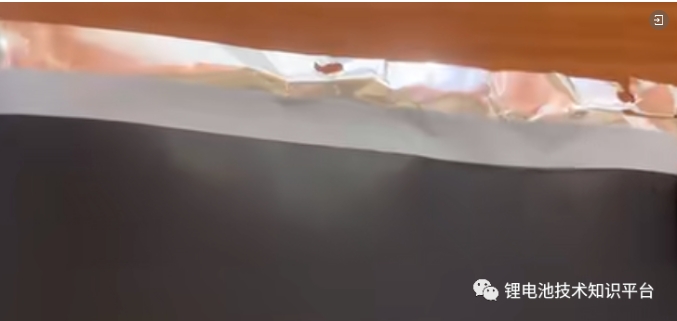- English
- Español
- Português
- русский
- Français
- 日本語
- Deutsch
- tiếng Việt
- Italiano
- Nederlands
- ภาษาไทย
- Polski
- 한국어
- Svenska
- magyar
- Malay
- বাংলা ভাষার
- Dansk
- Suomi
- हिन्दी
- Pilipino
- Türkçe
- Gaeilge
- العربية
- Indonesia
- Norsk
- تمل
- český
- ελληνικά
- український
- Javanese
- فارسی
- தமிழ்
- తెలుగు
- नेपाली
- Burmese
- български
- ລາວ
- Latine
- Қазақша
- Euskal
- Azərbaycan
- Slovenský jazyk
- Македонски
- Lietuvos
- Eesti Keel
- Română
- Slovenski
- मराठी
- Srpski језик
The Function and Problem Solution of Coating AT9 Ceramic Edge on the Positive Pole of Lithium Battery
2023-12-29
The Function and Problem Solution of Coating AT9 Ceramic Edge on the Positive Pole of Lithium Battery
Ceramic edge coating on the positive electrode of lithium batteries refers to the technique of coating a layer of ceramic material on the surface of the positive electrode material of lithium batteries. This type of ceramic material is generally inorganic ceramic materials such as zirconia ceramics and alumina ceramics. Among them, zirconia has excellent high-temperature resistance and corrosion resistance, which can effectively improve the thermal stability and safety of lithium batteries; Aluminum oxide has good mechanical strength and wear resistance, and can effectively improve the cycle life and reliability of lithium batteries; Coating ceramic edges during the manufacturing process of lithium battery positive electrodes can effectively improve the performance and safety of lithium batteries.

1、 The role of ceramic edge coating on the positive electrode of lithium batteries

1). Improve battery performance stability: Ceramic edges can enhance the structural stability of the positive electrode material, allowing it to withstand higher voltage and current, and improve the battery's cycle life. In addition, ceramic edges can reduce the interaction between the positive electrode material and the electrolyte, avoid electrolyte loss and electrode surface damage, and improve the performance stability of the battery.
2). Improve battery energy density: Ceramic edges can increase the charge conductivity of the positive electrode material, reduce electrode internal resistance, and improve the energy density of the battery. Ceramic edges can increase the specific surface area of electrodes, increase the contact area between electrons and ions, promote electrochemical reactions, and improve the energy density of batteries.
3). Improve battery safety: Ceramic edges have high thermal stability and corrosion resistance, which can effectively prevent the degradation and dissolution of the positive electrode material of the battery, reduce the risk of thermal runaway and combustion of the battery. Ceramic edges can also reduce the self discharge rate of batteries, prolong their lifespan, and improve their safety performance.
2、 The common problems such as underlined lines and their causes and solutions are as follows:
1). Improper operation of the coating machine: Improper operation of the coating machine may result in uneven or defective coatings, leading to marking.
The solution is to strengthen the operation training and maintenance of the coating machine to ensure its normal operation.
2). Inappropriate coating temperature: Excessive or insufficient coating temperature can lead to uneven or defective coatings.
The solution is to adjust the coating temperature to the appropriate range.
3). Coating speed related: Coating speed too fast or too slow may lead to uneven or defective coatings.
The solution is to adjust the coating speed to the appropriate range.
4). Related to coating thickness parameter settings: Coating thickness that is too thin or too thick can cause the coating to be uneven or defective.
The solution is to adjust the coating thickness to the appropriate range.
5). Quality issues with coating materials: Quality issues with coating materials may lead to uneven or defective coatings, resulting in scratches.
The solution is to choose high-quality and reliable coating fluid suppliers and manufacturers.
3、 Summary
The above discusses the role and problem-solving measures of coating AT9 ceramic edges on the positive electrode. There are still many problems that occur in the coating process of lithium batteries, and there are also many reasons. The solution to these problems needs to be adjusted and improved according to specific situations.



